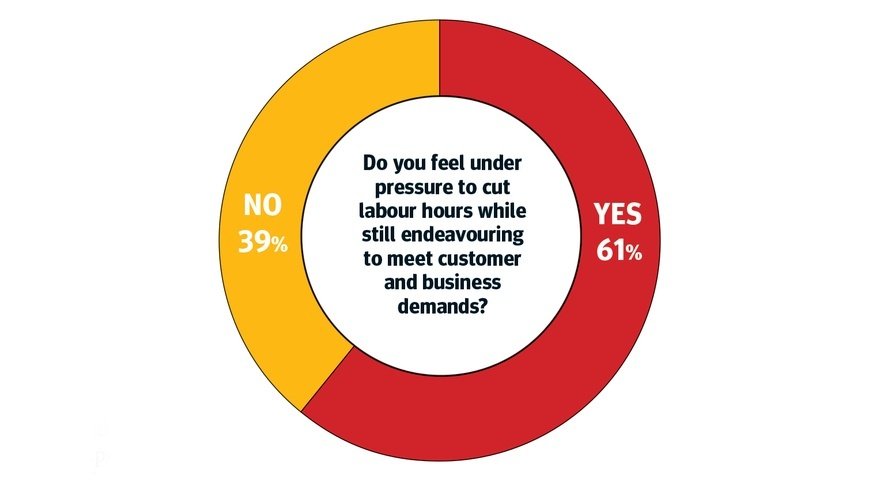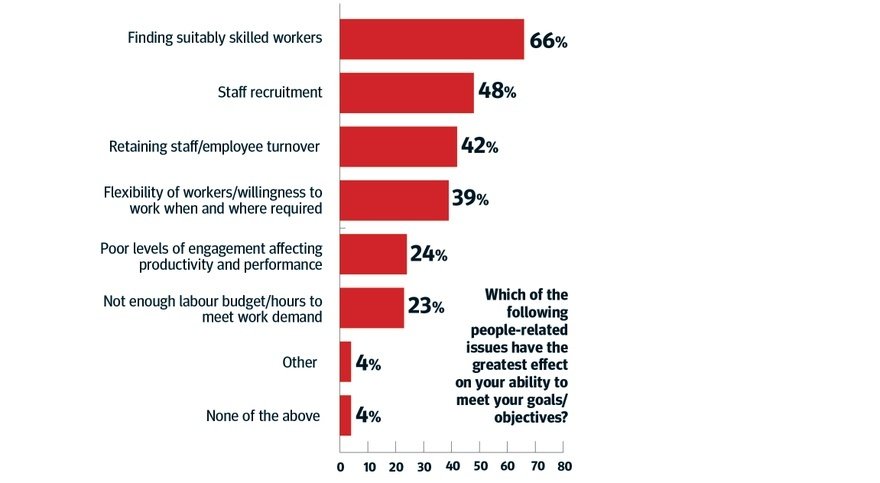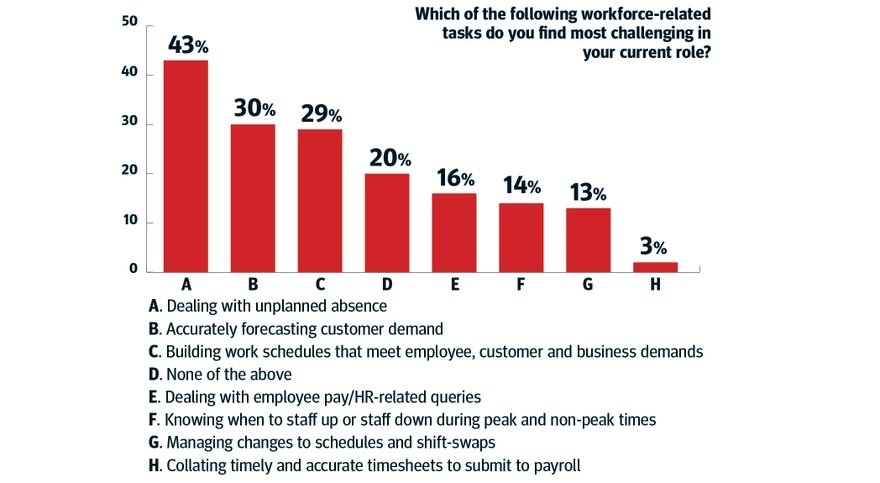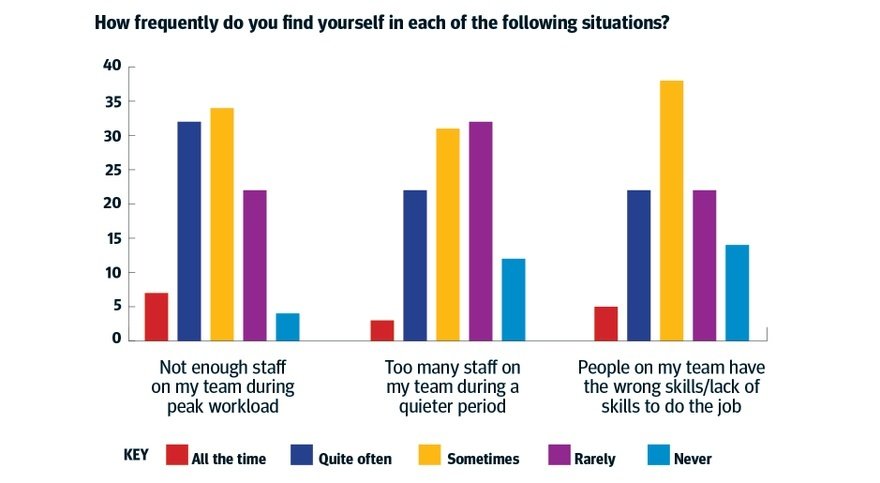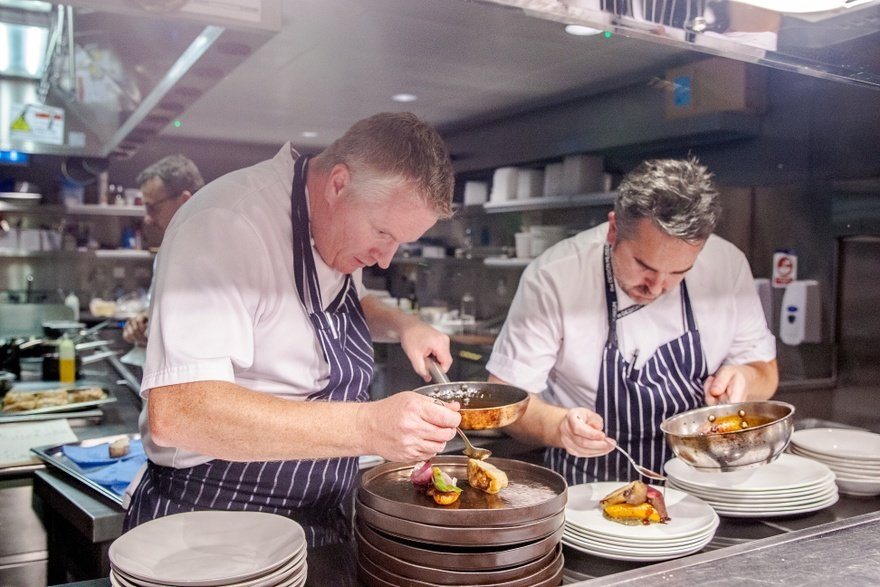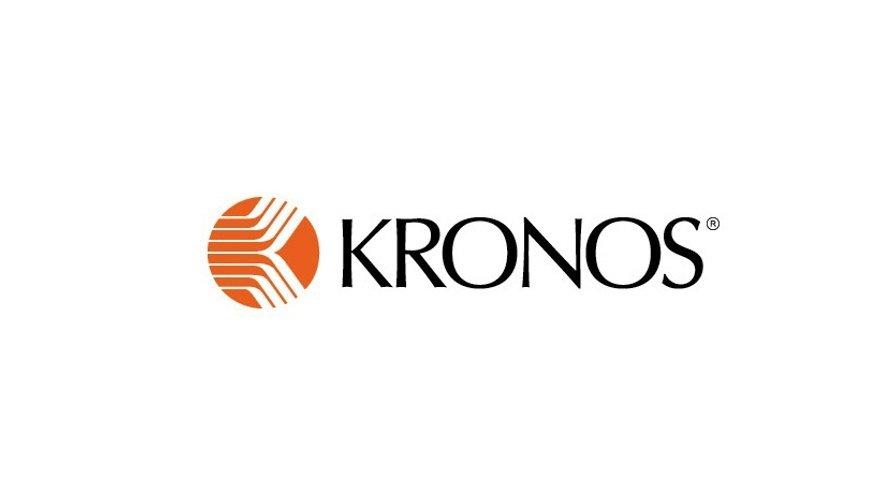Automatic for the people: make workforce management easier
When it comes to workforce management, hospitality operators are struggling with unplanned absences, forecasting correct demand and building accurate schedules, according to new research by Kronos and The Caterer. But most aren't taking advantage of automation to make these tasks easier, says Elly Earls
The most challenging workforce-related task for hospitality operators is dealing with unplanned absences, according to new research by workforce management software company Kronos in partnership with The Caterer. This was closely followed by forecasting demand and building accurate schedules, with 40% of respondents saying they are routinely understaffed and 25% that they have too many staff on at least quite often.
Yet, most hospitality businesses aren't taking advantage of automation to make forecasting and rostering easier. While almost half use technology for recruitment and engagement, swapping shifts is 80% manual and paper-based, scheduling is 69% manual and forecasting is 54% manual.
"I can only imagine that it's because they haven't been exposed to the technologies that enable these things to be automated. We all know how busy managers are and it can be difficult to find the time to look at which systems and organisations are out there that can help drive operational improvement."
Soon, though, he says they won't have a choice. Following the publication of the Good Work Plan, the government has set out an ambitious programme of reform to ensure the labour market works for everyone, which includes a right to reasonable notice of work schedules and compensation for employees whose shifts are cancelled at short notice.
"These new laws that are coming in mean employers have no choice but to invest in technology and review the technology that they're using at the moment," he says. "The industry is struggling and they can't afford to have any more fines and any more issues affecting brand. They have to review and adopt technology, which means they can improve performance but also stay compliant."
Empowering employees to manage their work-life balance
Some 42.5% of survey respondents, who are mainly managers, senior managers and directors of hospitality businesses, said their biggest workforce-related challenge was dealing with unplanned absence. This can be tied to another of the survey's findings – that 38% of employees never swap shifts and 33% only do so rarely.
According to Pickering, it's an issue that can be addressed in two key ways. First, giving employees greater control by allowing them to swap shifts using a self-service application, which also reduces the admin burden on managers and helps control costs and productivity.
And second, considering employee preferences when building schedules. "If they can gather that information from employees – where they prefer working, who they prefer working with, which hours they're unwilling to work – and then if that can be built into the automated processes to take that into consideration, then employees are happier, customers are happier and the business is happier because they're able to control costs and drive greater performance and productivity."
According to the research, 24% of operators think providing more self-service technology that empowers employees to manage their work without supervisor involvement is one of the most important things they can do in the next year or two to improve employee performance.
This ties in with what their employees are saying. When asked which factors have the greatest influence on their decision to work for a company, half chose empowerment to manage a good work-life balance as one of their top three.
Pay and flexibility: the top priorities
Unsurprisingly, pay and flexibility also came through as key reasons to choose a job. And with millennials set to make up half the workforce in 2020, it's only going to get more important. According to Timewise, more than 92% of working 18- to 34-year-olds are already seeking flexible working hours.
Yet, the definition of flexibility is often understood differently from the employer and employee side, according to Pickering The employer may see flexibility as the ability to deploy staff where and when needed to meet demand, often with little consideration of employee preferences, whereas employees see flexibility as having consistent shifts that meet their personal needs and preferences.
It's important for employers to create a standard definition that both sides understand, he advises. Then it's about finding the right balance between what the business wants, what the customer needs and what flexibility employees are willing to give that mean they can have a good work-life balance.
"The complexity of managing that from a manual perspective is impossible, which is why organisations inevitably resort to telling employees what they want them to do," Pickering says.
A closed loop
So just how can workforce management technology help? In a nutshell, it puts the right people with the right skills in the right place at the right time, automatically.
Absolutely crucial to achieving this is a forecasting engine. "Getting the forecast right at the start affects everything else downstream," Pickering says. "[The system] takes data – which could be how many covers are sold or how much footfall you have in the business or how much revenue was taken – over a historical period, then looks at what's been happening more recently and it uses that information to predict what demand is going to be."
On top of this, the latest version of the Kronos system also has AI and machine learning capabilities, which means it can take environmental factors, such as weather conditions, into consideration, too.
"This will greatly affect how many people are going out to a pub or restaurant," Pickering says. "And whereas managers may have previously had to put that information into the system, we're now able to take it into consideration automatically. In the latest version of Kronos Workforce Dimensions, we've been able to prove that the forecasting has been 25% more accurate than it was previously. And previously we were still looking at the high 90% of forecast accuracy."
Everything else flows from there. "If you can get your forecast right, then you can optimise the way you schedule people. And if you can optimise the way you schedule people based on their preferences, they are more likely to be working their shifts, reducing absenteeism in the business," Pickering says.
"It's this closed loop of getting your workforce management processes right. And if you can close that loop with the help of forecasting, scheduling, time attendance, absence management and labour analytics – you can drive huge improvements in performance and ultimately the revenue an organisation takes."
The survey shows that more than a quarter of hospitality organisations are well aware of this; 27% said that their biggest focus in the next one to two years to improve the performance of their teams is to implement new technologies to streamline workforce-related processes. At present, while nearly 50% use automated systems for time recording, only 36% do so for customer demand forecasting and 34% for staff scheduling and rostering.
Real-time data
According to Pickering, one of the most useful acets of an advanced workforce management system is the fact that relevant information can be shared – via easy-to-use dashboards – in real time, which has benefits for both managers and employees.
"Executives in the business know what's happening across their whole estate in real time while regional managers have the information that's relevant to them. But employees have their own equivalent dashboards too," he explains. "They can find out how much accrual they have, how much sick leave they've taken, how much overtime they've worked, and so on. All that information is at their fingertips. People at every level can make the right decisions to do what they need to do to achieve their goals."
What operators need to remember, Pickering stresses, is that the efficiency gains that are achieved through technologies like this should go back into supporting and nurturing colleagues.
"If a manager can spend more time coaching their employees to deal with customers more effectively, that's going to pay dividends," he says. "If we can reduce a lot of the admin for managers – trying to figure out schedules or dealing with employee requests for holiday – they can invest that time more into their people and into their customers."
Case study: the Langham London
At the Langham London hotel, recruitment poses the same problem as it does for the rest of the industry. Director of human resources Tim Gates explains: "First, there is the logistical challenge of processing the sheer volume of applicants swiftly and efficiently. Then we have to identify the right calibre of candidates, not just with great skills, but also with a real ‘can-do' service mindset. And finally we need to be able to understand and respond to the drivers of a millennial workforce to build retention."
To meet these challenges, the hotel has systems in place to create tailored job adverts with appropriate content and visuals to appeal to the intended audience. The team also uses social media in addition to more ‘official' recruitment channels. In addition, Gates and his team use a workforce management, payroll, time and attendance system, have an interactive benefit and training platform, that includes discounts and shopping and are looking at the introduction of an applicant-tracking system, which they hope to roll out soon.
Gates says one of the biggest benefits he's seen from shifting from manual to automated systems is the ease and speed of data, plus the elimination of duplicate entries and keying errors.
"Our systems also support improved legal compliance, such as entitlement to work or national minimum wage compliance," he adds.
Case study: Searcys
At catering company Searcys one of the biggest workforce-related challenges is matching labour to revenue levels. "A lot of our income comes via conference and events and there's quite a big degree of volatility in that market," explains financial director Charlie Richards. "We might have a 3,000-delegate event on a Tuesday and a board meeting for 20 on a Wednesday."
To manage this level of complexity, the team has a time and attendance workforce management solution in place. "It's far better than Excel, which some companies are still using," Richards says. "When you're using Excel, someone would have to fill out a rota, then check a punch-in time and attendance clock, match that and then send that through to the payroll software.
"Now a rota can be created on a piece of software and it's all app-based. You can post available shifts and staff will be notified automatically, and all that integrates with the payroll system. It's much more real time, which is hugely beneficial when it comes to labour cost."
From a managerial perspective, it makes life much easier and ensures the company is in compliance with regulations like GDPR, while floor staff get the flexibility they want.
"It empowers staff to choose a lifestyle that's more suitable for them," Richards says.
From our sponsor
Performance in hospitality relies on delivering a consistently high-quality customer experience while controlling costs. Achieving this requires engaged, motivated and productive employees. The Kronos suite of foodservice-specific solutions enhance the employee experience and help you recruit, manage and retain an engaged workforce.
Kronos Workforce
Management and Human Capital Management solutions help meet today's and tomorrow's challenges with industry-focused, intelligent technologies to manage your most valuable resource – your people – throughout the entire employee lifecycle, from hire to retire.



